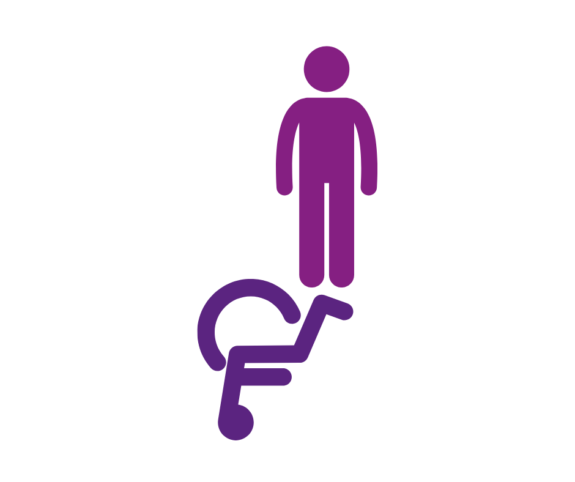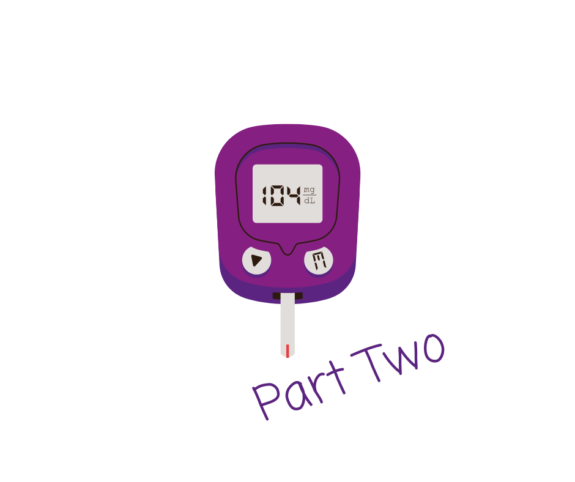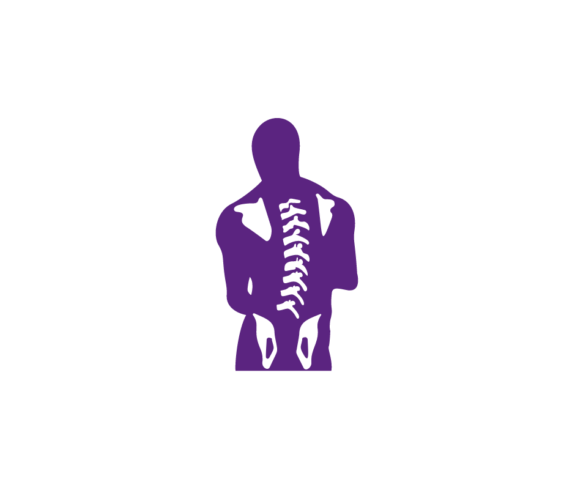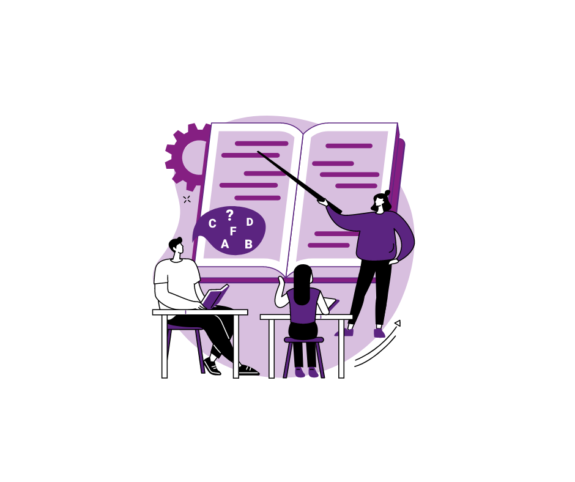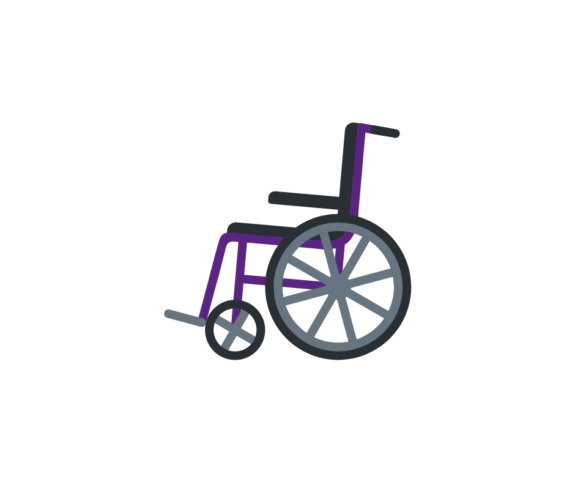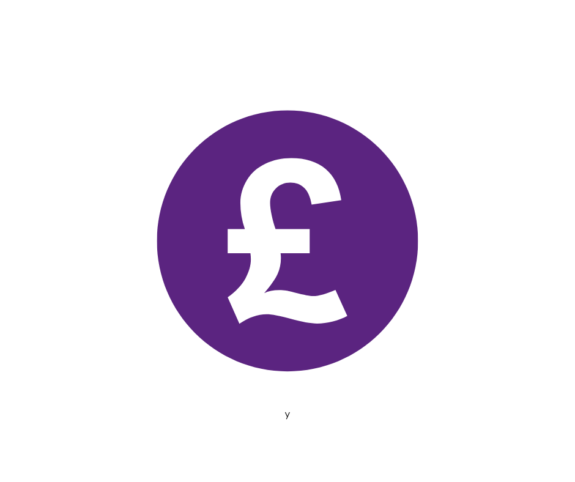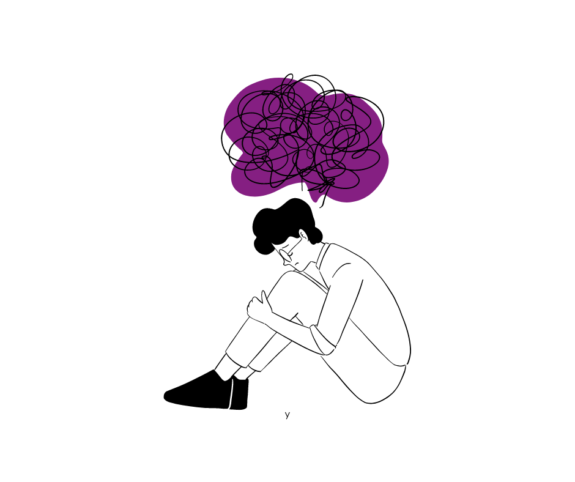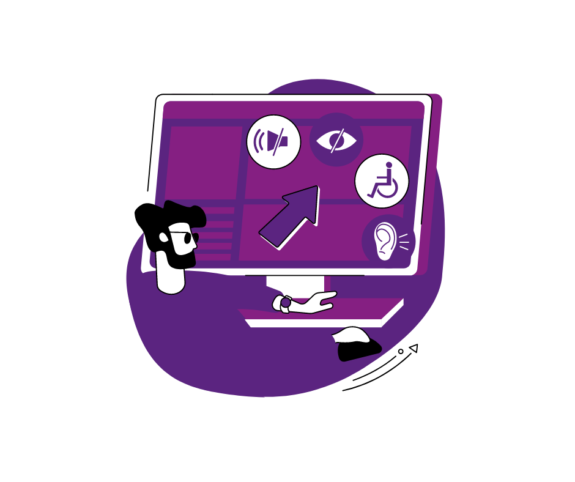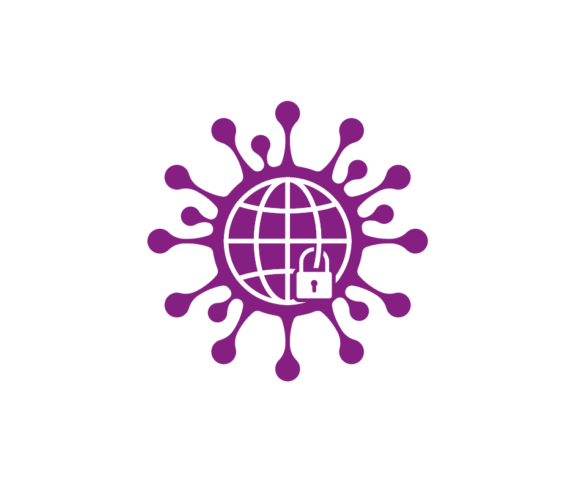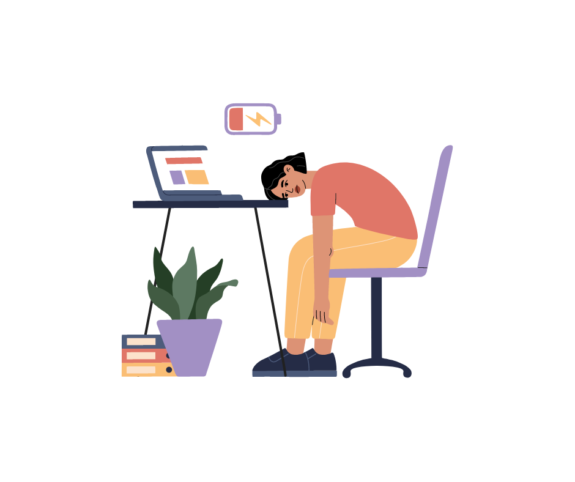Our blue badges for priority parking spaces hold the image of a person in a wheelchair while those parking spaces have the same image, creating the idea that a disability is a physical, tangible thing. It’s everywhere.
However, of the 14 million people in the UK currently classified as being disabled, approximately 70% of those disabilities are completely invisible. Globally, that number jumps to 80%, which works out to approximately 1 billion people in the world living with a disability that can’t be seen. That means that if you’re in a room with 8 people, 1 of those is likely to have a hidden disability.
What is a disability?
In order to look further, it’s important to define exactly what we mean by the term ‘disability’. Starting out to only really cover those with physical ailments, it has broadened in its definition over the years:
– The Oxford dictionary describes it as, ‘a physical or mental condition that means you cannot use a part of your body completely or easily, or that you cannot learn easily’.
– The Cambridge dictionary defines it as, ‘an illness, injury, or condition that makes it difficult for someone to do some things that other people do, and that is usually permanent or lasts for a long time’.
– The Merriam-Webster dictionary describes it as, ‘a physical, mental, cognitive, or developmental condition that impairs, interferes with, or limits a person’s ability to engage in certain tasks or actions or participate in typical daily activities and interactions’.
While none of these are quite the same as each other, they all generally seem to agree that having a disability makes it more difficult to do things. They also all agree that this could be physical, mental or cognitive. It’s not just about the obvious anymore.
At This is Me, we define a disability as being something that creates a barrier to a person being able to work, whether that be because of a physical disability, a chronic or long-term health condition, mental health condition, learning difficulty or neurodiversity.
Which conditions would be classed as being hidden disabilities?
This list is extensive and can encompass anything that limits your ability to do something. It includes, but is certainly not limited to:
– Autism
– Chronic Pain
– Epilepsy
– Crohn’s Disease
– Diabetes
– Arthritis
– Learning Disabilities
– Brain Injuries
– Blindness
– Deafness
– Myalgic Encephalomyelitis (ME)
– Coeliac Disease
– Chronic Obstructive Pulmonary Disease (COPD)
Long Covid has also recently been added to the list due to its extremely debilitating effects.
How can we possibly know if a person has a hidden disability?
Simple answer? Unless they say something, we usually can’t, and unfortunately, this has led to many distressing and incorrect judgements based on appearance alone. In our blog on Ambulatory Wheelchair Users, we noted the disparagement, abuse and discrimination they face simply for trying to live their lives and predictably, it’s the same for those with hidden disabilities.
The usual cries of “oh, but you look fine.”, “I can’t see anything wrong with you.”, “you’re just being lazy,”, “everyone gets tired, stop complaining,” and “well you were out yesterday and you seemed alright, why can’t you come out today?” are nothing new. People with hidden disabilities are constantly having to justify themselves because of snap judgements, assumptions and plain old ignorance.
Some of our clients have reported feeling uncomfortable when using priority seating on buses or trains due to the sidelong glances and silent disapproval they’ve received from the general public. And although those with hidden disabilities are now eligible to apply for a blue badge, many don’t want to for fear of condemnation and being questioned over their eligibility.
What if they don’t want to be called disabled?
That’s fine. Many people don’t want to be thought of as disabled because they feel it’s saying that they’re ‘less than’ in society’s eyes, simply for needing a bit of extra help which is simply not true. Many also feel that because it’s described as being invisible, it’s not taken as seriously so choose to not identify as disabled.
The Sunflower
In 2016 the symbol of the sunflower was adopted so that people could discreetly advertise if they had a hidden disability. Originating at Gatwick Airport, they created a lanyard with a sunflower on a green background to indicate that the wearer may need some extra assistance and it has since spread from the UK to countries all over the world.
The lanyard doesn’t just show that someone needs physical assistance, it also shows that the wearer may simply need a little bit more time, understanding and patience. For example, an autistic person struggling with a social situation may previously have been judged for not acting ‘correctly’. The presence of the sunflower can make people think twice before they judge.
Hidden Disabilities Sunflower Lanyards
Just because a disability is not visible doesn’t make it any less real, and that idea is slowly permeating throughout society. We are becoming more tolerant and understanding and workplaces are becoming much more inclusive, making a concerted effort to offer everyone the same opportunities. The more we talk about it, the more people become aware of the struggles people with disabilities (both visible and invisible) face every day.
If you’d like to read more about living with a hidden disability, check out some of these inspiring stories!
https://www.linkedin.com/pulse/living-hidden-disability-kirsten-booth-mcipd-/
https://www.contiki.com/six-two/living-hidden-disability-life-on/
https://www.vercida.com/uk/articles/living-with-invisible-disabilities
https://invisibledisabilities.org/publications/invisibleawareness/livingwithinvisibledisabilities/
https://www.youtube.com/watch?v=i9re15uEU5g
https://www.noteverydisabilityisvisible.org.uk/personal-stories
https://www.refinery29.com/en-gb/invisible-disability-discrimination-post-pandemic
References:
https://www.scope.org.uk/media/disability-facts-figures/
https://www.homecare.co.uk/advice/non-visible-disabilities-living-with-a-hidden-disability?faq=2
https://hiddendisabilitiesstore.com/insights/category/invisible-disabilities https://www.oxfordlearnersdictionaries.com/definition/american_english/disability
https://dictionary.cambridge.org/dictionary/english/disability
https://www.merriam-webster.com/dictionary/disability
https://vitality360.co.uk/blog/invisible-disabilities
https://hiddendisabilitiesstore.com/about-hidden-disabilities-sunflower
https://www.benenden.co.uk/be-healthy/work/invisible-disabilities-in-the-workplace/
Additional references:
https://invisibledisabilities.org/
https://disabilityunit.blog.gov.uk/2020/12/17/living-with-non-visible-disabilities/
https://www.progresslifeline.org.uk/news/living-with-hidden-disabilities/
https://www.bbc.co.uk/newsround/49345642
https://invisibledisabilities.org/category/invisible-no-more/stories-invisible-no-more/
